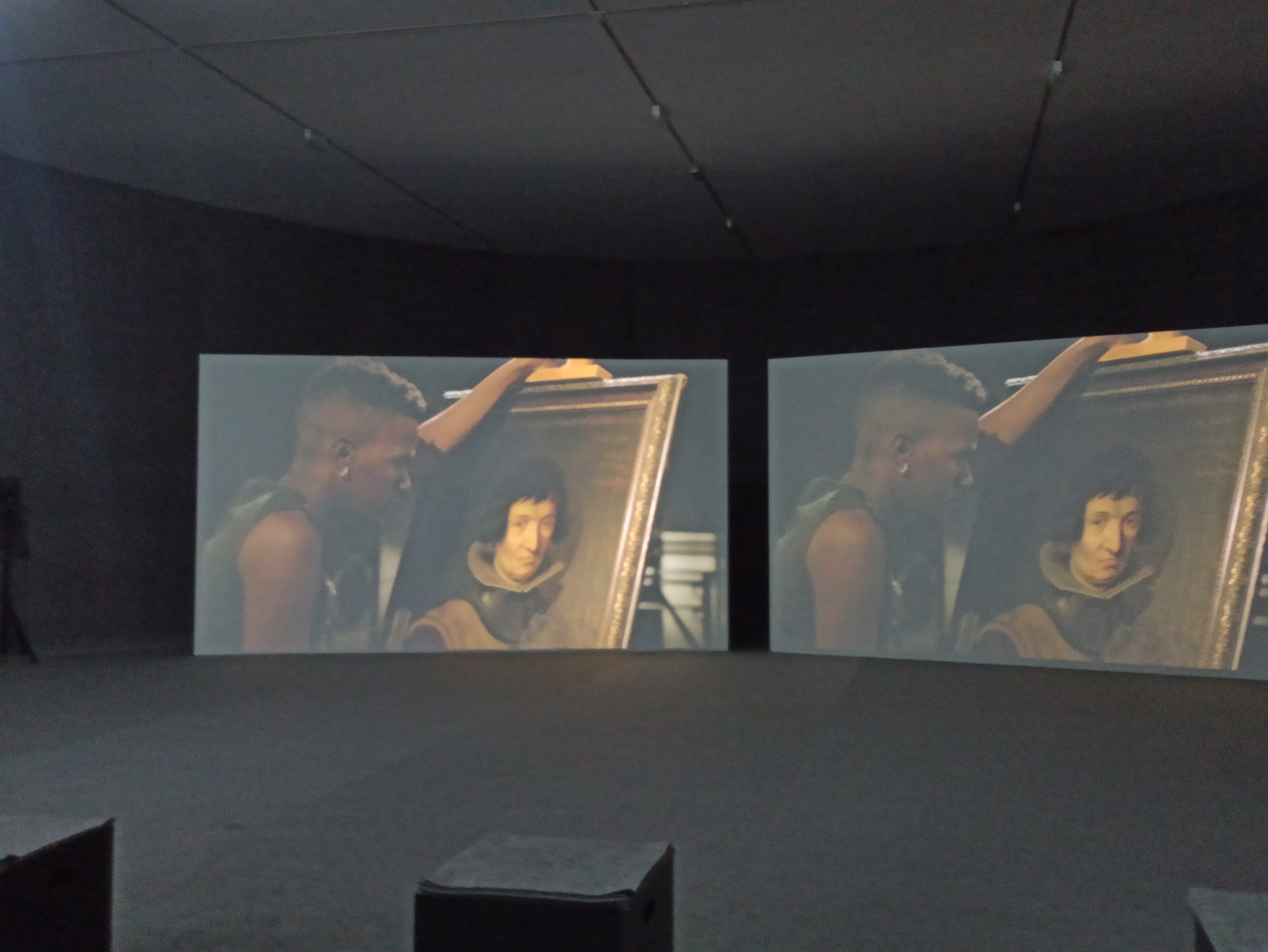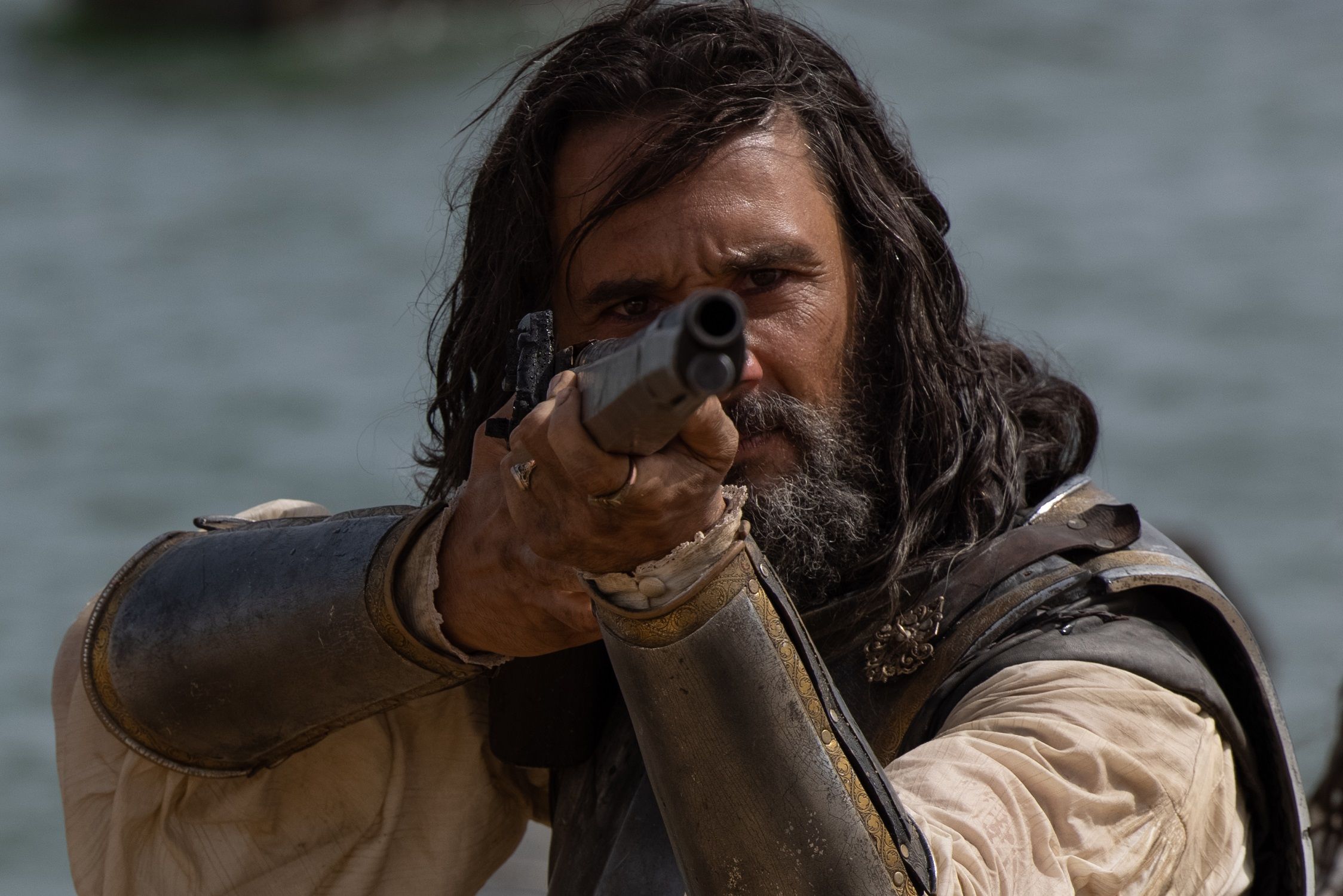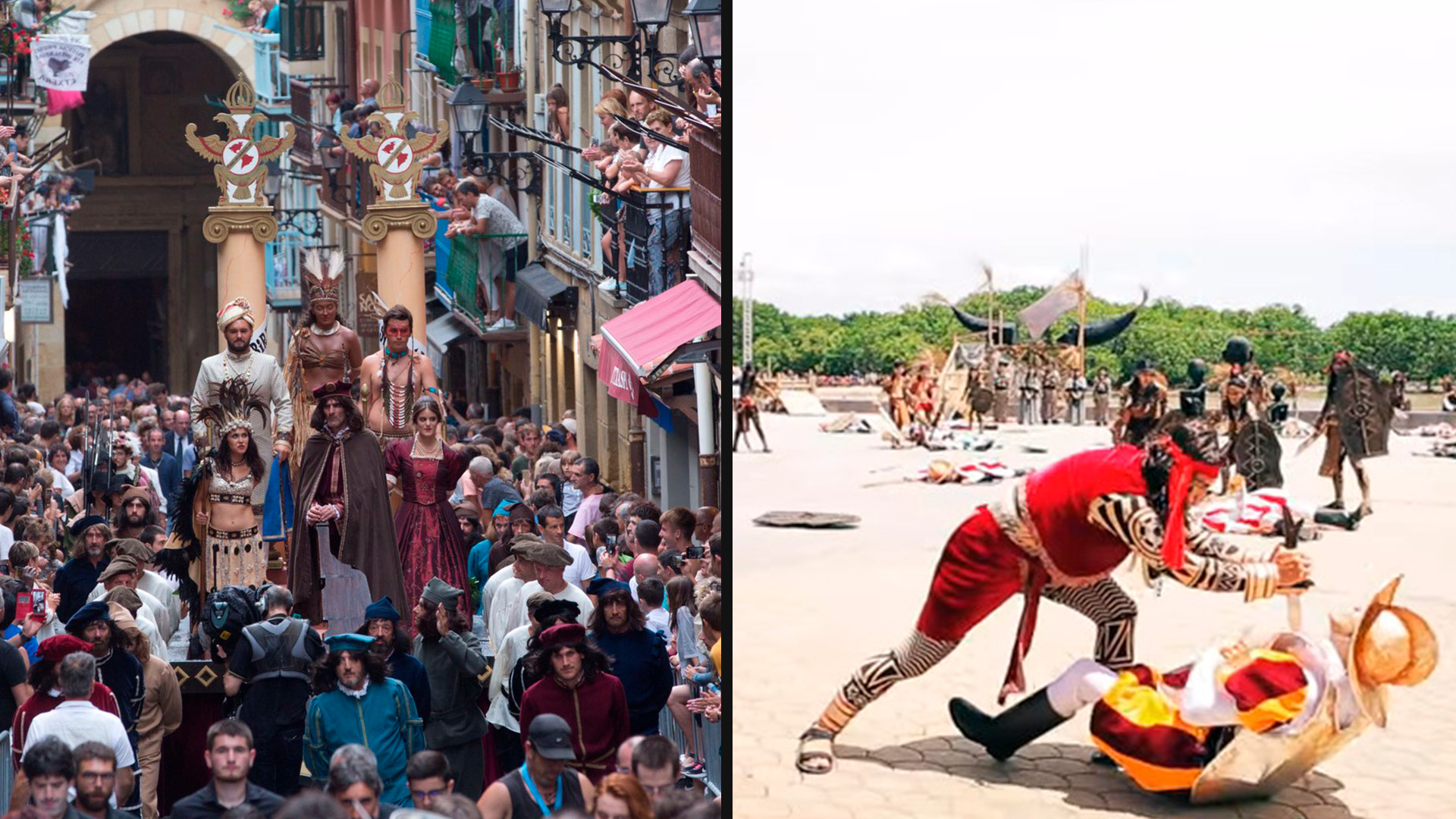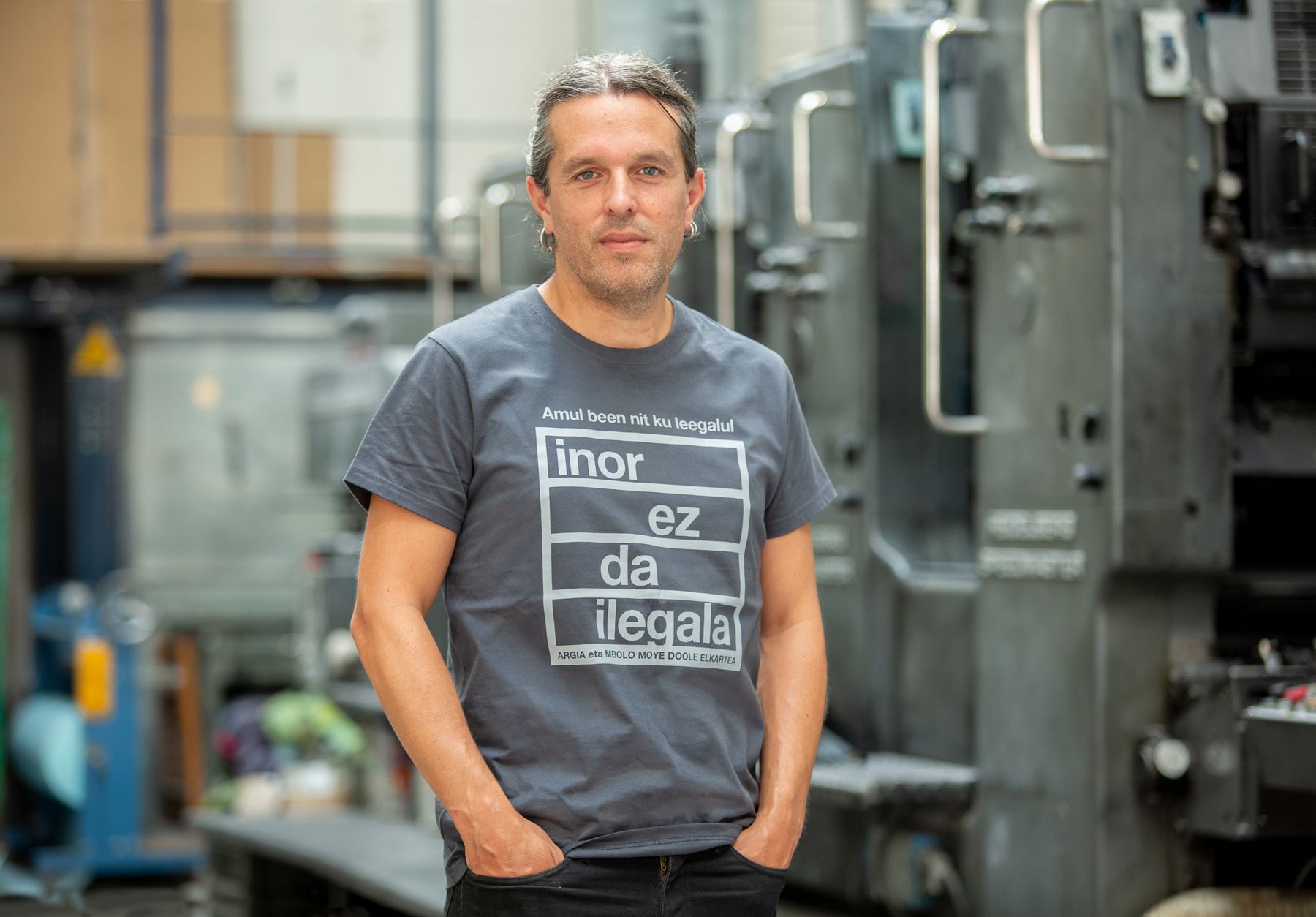Dark hallways of history

The Alhondegi showroom looks like another space. The walls have risen there and here transforming the space, they have dressed in black carpet and illuminated only with the headlights of the construction. Throughout history we must travel on a historical figure with shadows rather than lights: Catalina de Erauso. Antonio was buried in Mexico in 1650.
Exhibition 'A voice for Erauso': March 10
- September 25:
Alhóndiga (Bilbao)
Cabello/Carceller wanted to work around this figure. He's an exciting character. It is the first historical figure that we can consider trans and his life, at least the one that we know thanks to his autobiography, is composed of thousands of anecdotes: he was a nun and a warrior; the murderer of Mapuches; he had the right to dress as a man thanks to a Pope's jaw; he was a mujeriego and convulsive creator. His is the first portrait of a trans person away from monstrosity.
The exhibition plays with the shadows of history and trans reality to build an incomplete and unattainable discourse. They fill a room with portraits of women who represent the male icons of film to extol the male character that has been condemned in lesbians. People have begun to dance around a text by Judith Butler, and nonbinary bodies have been outlined by academic institutions to create cracks in those spaces.
In view of the exhibition, the questions that arise about this spectrum that has traveled over the centuries are eleven: Could we say he was the first man trams? Trans heterosexual man? Transvestite and lesbian woman? Can a character full of shadows be a source of inspiration? We always ask these questions with the current look, because we are committed to seeing with our eyes the dark corridors of history. We've also judged the same character. Did he act like that because he wanted, because his true nature was that? Or was it a survival technique? Masculinity is a construct, it has always been, and we have questioned these questions again.
Catalina/Antonio Eraus achieved recognition in the patriarchal society of the time, by completely joining the masculinity of the time, dressed in colonial violence, and putting it at the service of power. If it had been against, would history be the same? Surely not, but we play again with beliefs. Once again we passed the dark hallways of history with the current guide lights. We have invoked ghosts and, according to our vision, we are talking to them to understand our language.
Two friends offered a small rap performance in the plaza and musutruk, after a simple popular meal. With a song, we were reminded that a neighbor, a young man, recently passed away. Money had to be raised to return the body to its hometown. Oh, that mother of mine! Your child's... [+]
Unconscious day-to-day exercise has become a topic during your stay in the Basque Country. I haven't been there for many days and I've been squeezing my breath several times... I'm an observer trying to find and rediscover my people. If I didn’t want to see things before or if... [+]
Zumarragako Udala Euskadi plaza berritzen ari da. Zenbait herritar Migel Lopez de Legazpiren estatua kentzearen edo tokiz aldatzearen aldekoak dira, baina oraingoz bere horretan jarraituko du.



















